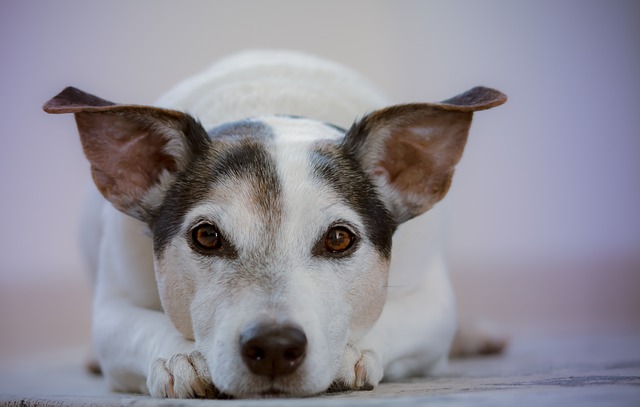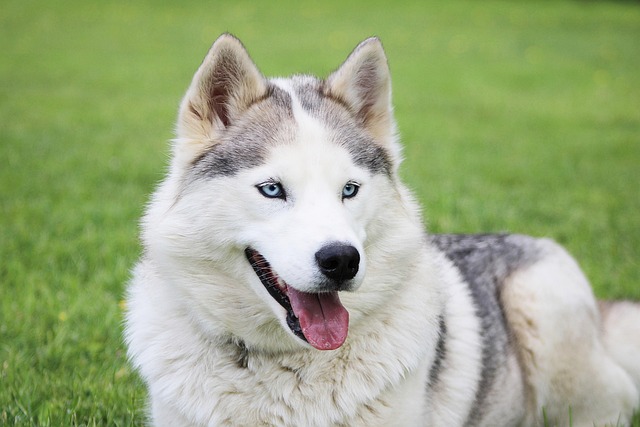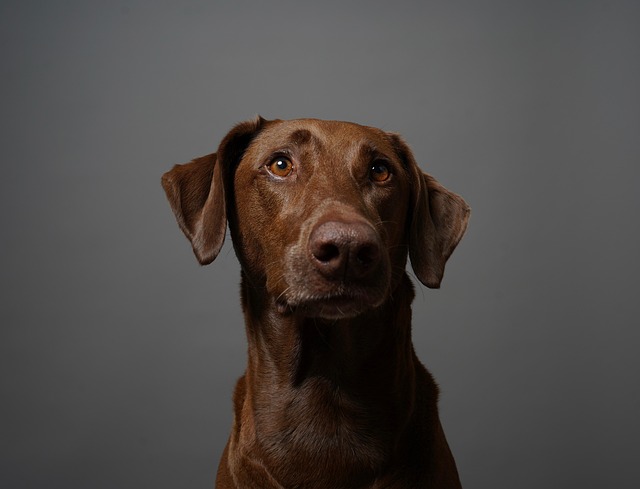When I first started working with dogs over two decades ago, I was surprised to discover that dental problems affect more than 80% of dogs by age three. What shocked me even more was learning that certain breeds face dramatically higher risks than others. If you're a dog owner in America, understanding which breeds are most susceptible to dental issues could save you thousands in veterinary bills and, more importantly, spare your furry friend from unnecessary pain.
The truth is, while all dogs can develop dental problems, some breeds are practically destined for oral health challenges from the moment they're born. This isn't just about bad breath or yellow teeth – we're talking about serious conditions that can affect your dog's ability to eat, play, and enjoy life to the fullest.
Small dog breeds consistently top the list when it comes to dental problems, and there's solid science behind why this happens. Take Chihuahuas, for instance – these tiny companions pack a full set of adult teeth into a mouth that's barely two inches wide. Imagine trying to fit 42 teeth into a space designed for maybe 30. That's essentially what nature has done with most toy breeds.
The cramped conditions in small dogs' mouths create the perfect storm for dental disease. Teeth overlap, twist, and crowd together, making it nearly impossible for saliva to reach all surfaces naturally. This creates pockets where bacteria thrive, leading to plaque buildup that hardens into tartar faster than you can say "doggy breath."
Yorkshire Terriers face particularly challenging dental health problems due to their genetic makeup. These adorable little dogs often have what veterinarians call "retained baby teeth" – their adult teeth come in before the puppy teeth fall out. This creates double rows of teeth in some areas, turning their mouths into bacteria playgrounds. I've seen Yorkies as young as two years old require extensive dental work simply because their genetics stacked the deck against them.
But here's where it gets interesting – and where many pet owners get confused. You might assume that larger dogs have fewer dental issues because they have more room in their mouths. That's partially true, but it's not the whole story. Large dog breeds face different challenges that are often overlooked until problems become severe.
The myth that big dogs don't need dental care is one of the most dangerous misconceptions I encounter. Yes, German Shepherds and Golden Retrievers have more spacious mouths, but they're not immune to dental disease. In fact, large breeds often develop different types of problems that can be just as serious. They're more prone to broken teeth from chewing hard objects, and their size can make it harder for owners to notice early warning signs during casual interactions.
What's particularly frustrating is that many large dog owners become complacent about dental care, thinking their pets are naturally protected. I've treated seven-year-old Labrador Retrievers with severe periodontal disease that could have been prevented with proper care. The difference is that large breeds tend to hide their discomfort better, so problems often go unnoticed until they're advanced.
So which breed truly has the most dental problems? Based on my clinical experience and veterinary research, Chihuahuas and Yorkshire Terriers consistently rank at the top. However, other small breeds like Maltese, Pomeranians, and Toy Poodles aren't far behind. The common thread isn't just size – it's the combination of genetic factors, jaw structure, and the challenges of maintaining oral hygiene in tiny mouths.
Now, before you start worrying if you own one of these breeds, let me share some practical strategies that can make a real difference. The good news is that most dental problems are preventable with the right approach.
Daily tooth brushing remains the gold standard for preventing dental disease in dogs. I know it sounds daunting, especially with a squirmy Chihuahua, but starting slowly and using positive reinforcement makes it manageable. Begin by simply touching your dog's lips and teeth with your finger, then gradually introduce a soft-bristled toothbrush designed for dogs. Never use human toothpaste – it contains ingredients that are toxic to dogs.
For dogs who absolutely refuse brushing, dental chews and water additives can help, though they're not as effective as mechanical cleaning. Look for products approved by the Veterinary Oral Health Council, which maintains strict standards for dental care products.
Diet plays a crucial role too. Wet food tends to stick to teeth more than dry kibble, so if you feed canned food, extra dental care becomes even more important. Some specially formulated dental diets are designed to help scrape plaque off teeth as dogs chew, though these work best as part of a comprehensive oral care routine.
Professional dental cleanings under anesthesia are essential for most dogs, especially those prone to dental problems. Small breeds often need cleanings annually or even more frequently, while larger dogs might manage with cleanings every two to three years. The key is working with your veterinarian to establish a schedule based on your specific dog's needs and risk factors.
Early detection makes all the difference. Watch for signs like persistent bad breath, yellow or brown tartar buildup, red or swollen gums, difficulty eating, pawing at the face, or loose teeth. These symptoms often appear gradually, so regular at-home checks are valuable.
Here's something many owners don't realize: dental problems can affect more than just your dog's mouth. Bacteria from dental disease can enter the bloodstream and potentially cause problems with the heart, liver, and kidneys. This is why maintaining good oral health isn't just about comfort – it's about your dog's overall wellbeing.
The cost factor often concerns pet owners, and I understand that. Professional dental cleanings can range from $500 to $1,500 depending on your location and the extent of work needed. However, preventive care is always more affordable than treating advanced disease. I've seen cases where neglected dental problems led to jaw fractures or systemic infections that required thousands of dollars in treatment.
For those with dental-problem-prone breeds, pet insurance that covers dental care can be a wise investment. Many policies now include coverage for dental cleanings and treatments, though pre-existing conditions are typically excluded.
Understanding your dog's breed-specific risks empowers you to provide better care throughout their life. If you own a Chihuahua, Yorkshire Terrier, or another small breed, you're not powerless against genetics – you're simply dealing with a dog that needs extra attention in the dental department.
Think of it this way: some dogs need daily brushing to maintain their coats, others require regular nail trims, and dental-prone breeds need consistent oral care. It's just part of responsible pet ownership, tailored to your specific dog's needs.
The relationship between breed and dental health is complex, but the solution doesn't have to be. Regular care, professional guidance, and staying alert to early warning signs can help any dog maintain healthy teeth and gums throughout their life. Your dog's breed might determine their risk level, but your commitment to their dental health determines their outcome.





